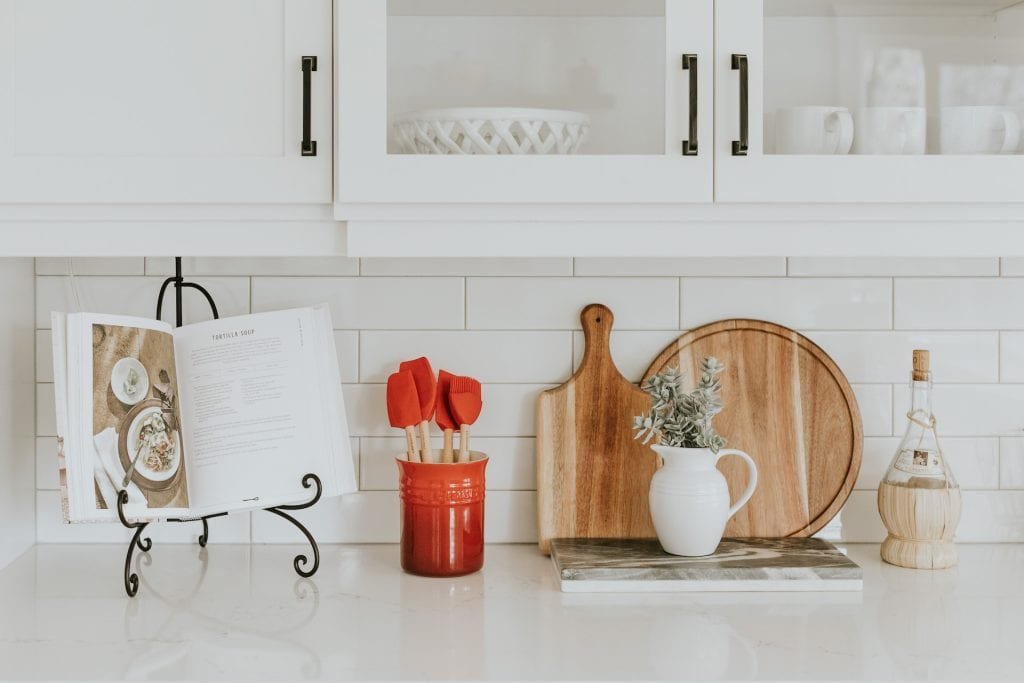Introduction:
You’ve invested in the stunning, modern appeal of a porcelain worktop, and now you want to ensure it remains the centrepiece of your kitchen or bathroom for years to come. The excellent news is that porcelain is renowned for its low-maintenance character, but “low” doesn’t mean “no” maintenance. Understanding the simple yet effective care routines will protect your investment and keep the surface looking as impeccable as the day it was installed. This complete guide will walk you through the daily cleaning, tackling occasional mishaps, and the few things to avoid to preserve the pristine condition of your porcelain worktop, ensuring its beauty is not just durable but also lasting.
The Daily Ritual: Simplicity at Its Best
The day-to-day cleaning of a porcelain worktop is arguably the easiest of any countertop material on the market, which is a primary reason for its soaring popularity. Due to its non-porous, vitrified surface, nothing can seep in to cause staining or harbour bacteria. This means your daily routine requires nothing more than a soft cloth or sponge, warm water, and a pH-neutral detergent. Simply wiping the surface down will remove any spills, crumbs, or splashes, leaving it hygienically clean and gleaming. There is absolutely no need for harsh chemicals, abrasive scrubbing pads, or specialist cleaning products; in fact, these can do more harm than good. The non-porous nature also means that you never have to worry about sealing the surface, a yearly task often required for natural stones like granite or marble. This effortless daily care makes porcelain an ideal choice for families with young children or for anyone who wants a beautiful kitchen without the high upkeep.
Tackling Tough Stains and Spills: A Guide to Troubleshooting
While porcelain is highly resistant to stains, certain substances can leave a residue on the surface if left to dry for an extended period. The key principle here is promptness. For most common kitchen spills like coffee, wine, oil, or juice, a quick wipe with your regular cleaning solution is sufficient. For more stubborn, dried-on residues—such as gum, paint, or hardened food—a little more effort is required. Start by using a plastic scraper or a putty knife to gently lift the bulk of the material from the surface. The exceptional scratch resistance of porcelain means this gentle scraping, when done correctly, will not mar the finish. Follow this by applying a dedicated porcelain cleaner or a paste made from baking soda and water. Let it sit for a few minutes to break down the residue, then gently scrub with a non-abrasive pad like a Scotch-Brite Dobie Pad or a soft-bristled brush before rinsing thoroughly. For dried cement or mortar from construction, a specific alkaline cleaner is recommended. Always avoid using highly abrasive pads like steel wool, as these can create fine scratches that, while not damaging the integrity of the slab, can dull the high-gloss finish on some models.
What to Avoid: Protecting Your Investment from Damage
Understanding the few weaknesses of porcelain worktops is crucial for their long-term care. The first and most important rule is to avoid using them as a cutting board. While the surface is highly scratch-resistant, it is not entirely scratch-proof. Repeatedly dragging very sharp knives directly across the surface can, over time, leave fine marks and will quickly dull your knives. Always use a chopping board. Secondly, while porcelain is incredibly heat resistant and can typically withstand temperatures far beyond what a kitchen can produce, thermal shock is a potential risk. This occurs when a extreme, rapid temperature change causes stress in the material. An example would be taking a pan directly from a blazing hot oven and placing it on a cold worktop, or spilling ice-cold water on a searingly hot surface. While rare, this sudden expansion or contraction can lead to cracking. It is always a safer practice to use a trivet or hot pad for very hot items. Finally, be mindful of heavy impact. Although strong, the thin profile of some porcelain slabs means a sharp, heavy blow to an unsupported edge could cause chipping or cracking.
Long-Term Preservation and Conclusion
With the correct care, your porcelain worktop will not require any special treatments or expensive polishing services. Its colour and pattern are consistent throughout the slab’s thickness, so it will never fade or wear away. If, after many years, you notice minor scratches or etching from improper cleaners, a professional fabricator can often polish them out, restoring the original lustre. In the rare event of a chip, specialised colour-matched epoxy resins can make repairs virtually invisible. Ultimately, the maintenance regimen for porcelain worktops aligns perfectly with modern living: it is designed for convenience, hygiene, and long-lasting beauty. By following these simple guidelines, you can enjoy the sophisticated look of stone without the arduous upkeep, making your porcelain worktop not just a design statement, but a smart, practical choice for a lifetime.
